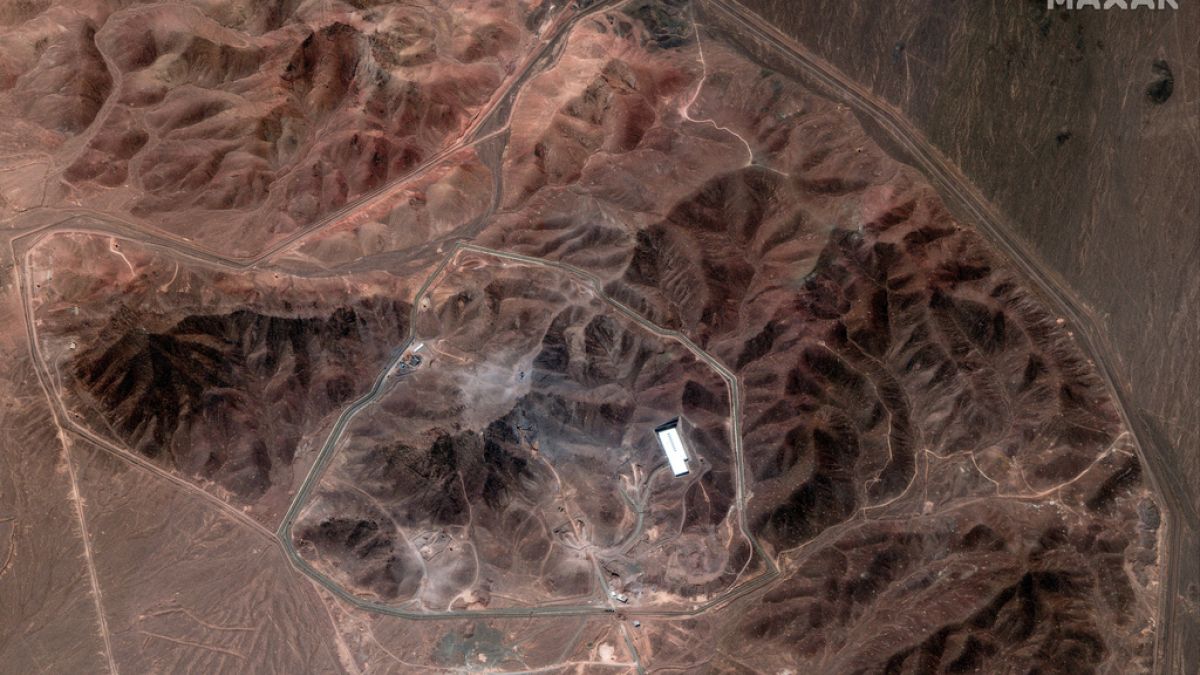

In recent developments across the globe, diplomatic efforts remain the cornerstone in navigating and resolving ongoing tensions. Many regions affected by past and present conflicts are observing nuanced shifts, hopeful for lasting peace. Let’s explore these movements towards tranquility and cooperation.
In the Middle East, tensions between Israel and Iran have always been delicate, woven into the broader tapestry of regional stability. A recent truce, marking a tentative pause from a 12-day conflict, is being observed with cautious optimism. However, the complexity of the situation cannot be overstated. The nuclear issue continues to shadow any positive steps, with Iran haunted by distrust towards international entities like the UN atomic watchdog, and questions loom regarding the positions and commitments of global powers, notably the United States. Aware of these layers, political analysts urge calm deliberation, emphasizing that the quiet of the current truce belies the work needed to forge a more robust and enduring peace.
Meanwhile, a different narrative of seeking unity is unfolding in New Caledonia, an archipelago in the southwest Pacific. It has been a year since mass riots erupted, sparked by France’s proposed policy changes concerning voting rights for non-indigenous long-term residents. These events have left indelible marks on the collective psyche of the region, yet they have also paved the way for essential dialogue. In response to the unrest, France is hosting a summit aimed at addressing the territory’s future course. Dialogues at this level not only symbolize acknowledgment but also foster hope. Such gatherings present a platform for stakeholders to voice their desires and grievances in pursuit of a consensual roadmap that honors the past while shaping a lively and inclusive future.
Across further terrains, diplomatic engagements continue, notably in the fraught landscapes of Gaza. Former U.S. President Donald Trump recently claimed strides towards peace, suggesting Israel’s preparedness to forge a ceasefire with Hamas. The proposed 60-day ceasefire aims to pause the devastating war that has claimed nearly 60,000 lives. However, the panorama is opaque, as specific terms and agreements remain under shadowed scrutiny. Though the terms of Israel’s potential agreement with Hamas are not fully disclosed, the mere opening of discussions signals a critical juncture for peace advocates. Trump’s announcement on social media, while catalyzing curiosity and speculation, underscores the unpredictable nature of negotiations in a theater marked by extended disputes. Opens the pathway for peace as actions now hold the potential to affect countless lives positively.
As we perceive these meaningful engagements, it’s vital to grasp the intricacies inherent in each step toward reconciliation. The past echoes through ongoing negotiations, signaling that patience and diplomacy remain vital instruments. Observers and policymakers must remain attuned, ensuring spaces that honor dialogue and respect diverse perspectives. Across the sands of time and geography, these efforts together herald a promise: consistent and thoughtful dialogue fuels the hope for a brighter, more harmonious tomorrow.
In conclusion, the global tableau of peace efforts is a dynamic landscape where each stride, however modest, contributes to a broader mosaic of understanding and unity. Embracing calm, clarity, and compassion in these dialogues strengthens the likelihood of transformative outcomes, carrying humanity closer to a shared experience of peace. While the path is fraught with challenges, the collective endeavor remains guided by a common aspiration for sustainable coexistence.
Source: {link}
